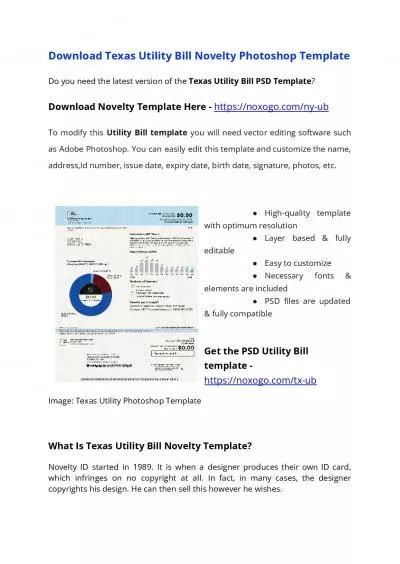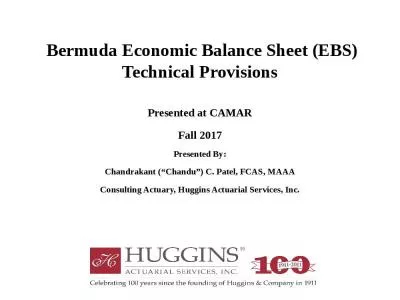PDF-TEXAS RULES OF EVIDENCEEffective une 1 2020ARTICLE IGENERAL PROVISIONS
Author : fiona | Published Date : 2021-09-24
Rule 102PurposeRule 103Rulings on EvidenceRule 104Preliminary QuestionsRule 106Remainder of or Related Writings or Recorded StatementsRule 107Rule of Optional CompletenessARTICLE
Presentation Embed Code
Download Presentation
Download Presentation The PPT/PDF document "TEXAS RULES OF EVIDENCEEffective une 1 2..." is the property of its rightful owner. Permission is granted to download and print the materials on this website for personal, non-commercial use only, and to display it on your personal computer provided you do not modify the materials and that you retain all copyright notices contained in the materials. By downloading content from our website, you accept the terms of this agreement.
TEXAS RULES OF EVIDENCEEffective une 1 2020ARTICLE IGENERAL PROVISIONS: Transcript
Download Rules Of Document
"TEXAS RULES OF EVIDENCEEffective une 1 2020ARTICLE IGENERAL PROVISIONS"The content belongs to its owner. You may download and print it for personal use, without modification, and keep all copyright notices. By downloading, you agree to these terms.
Related Documents

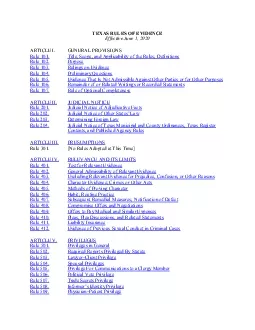
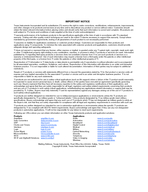
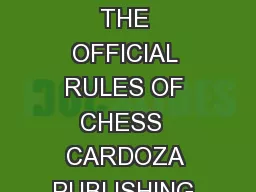
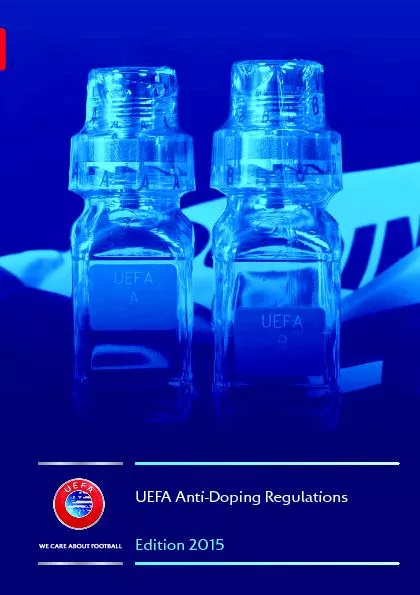
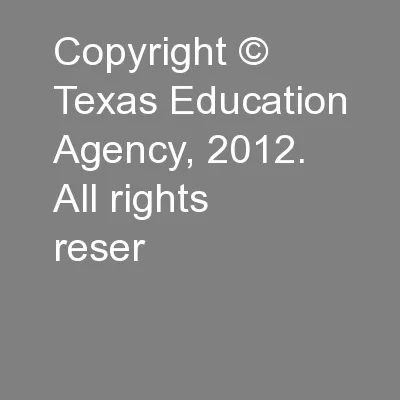
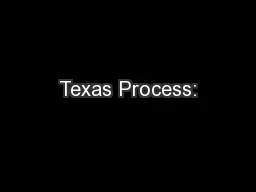
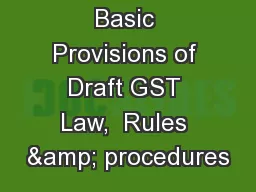
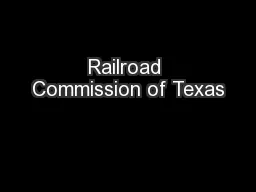
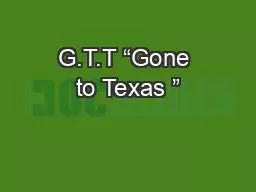
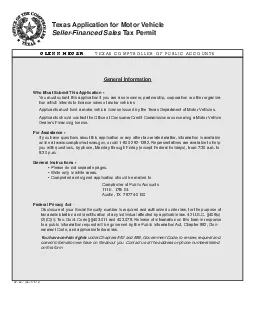
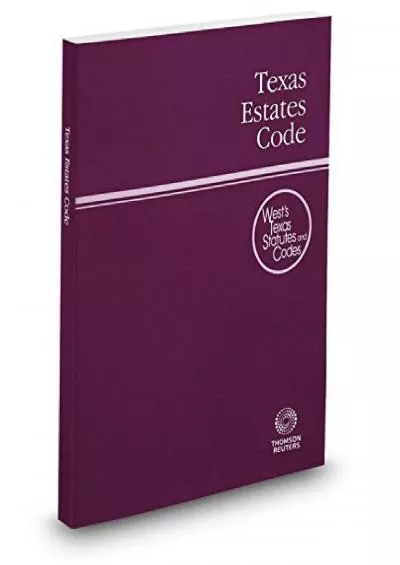
![[PDF READ ONLINE] Welcome to Texas...Now What?: Tips for Texas Transplants](https://thumbs.docslides.com/1019130/pdf-read-online-welcome-to-texas-now-what-tips-for-texas-transplants.jpg)
